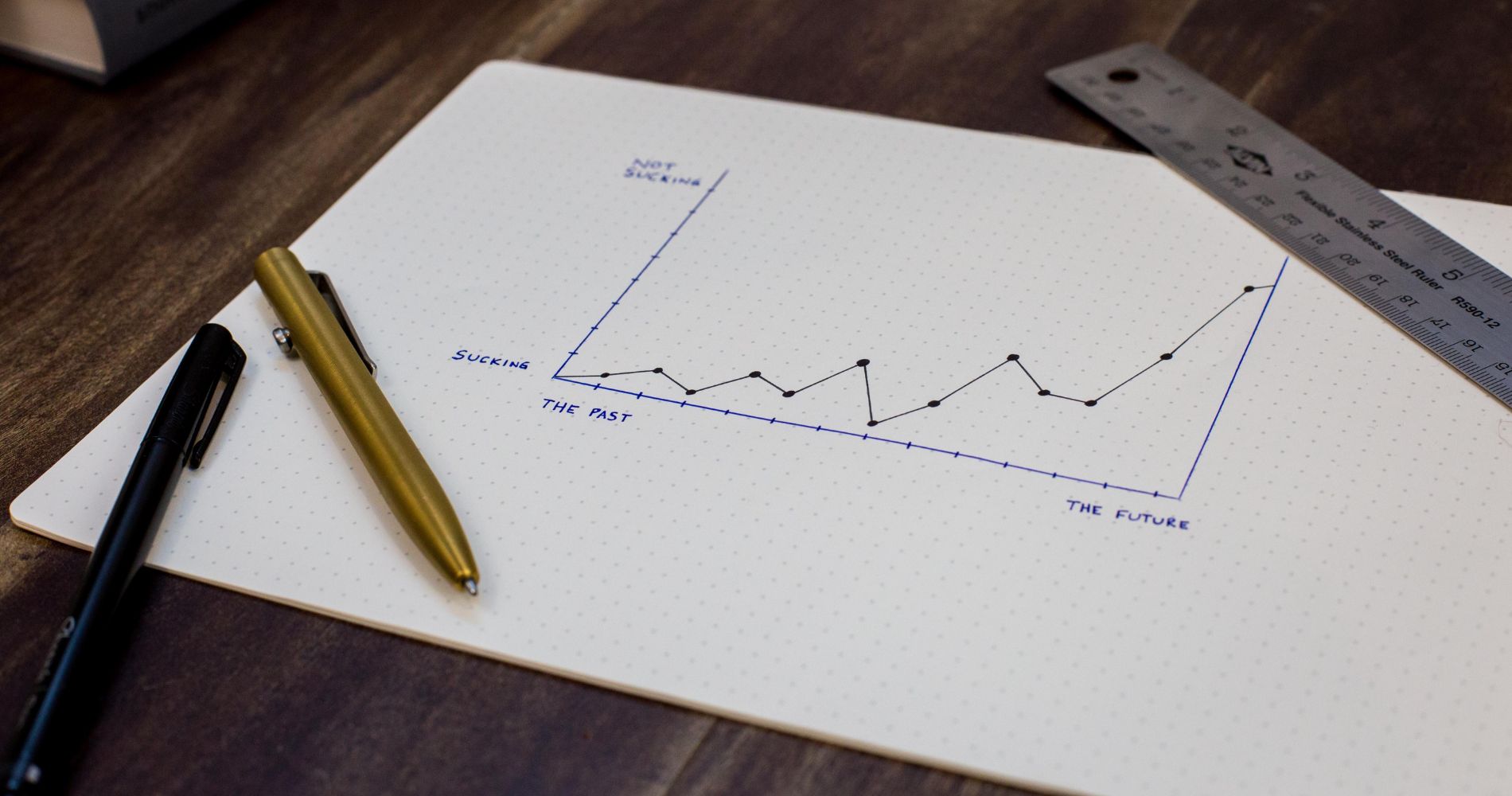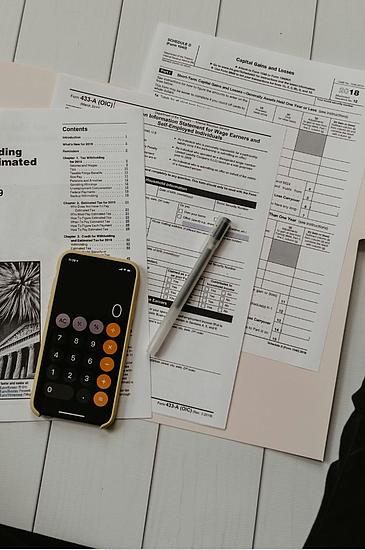In Germany, it is primarily corporations such as the GmbH (Gesellschaft mit beschränkter Haftung) and the AG (Aktiengesellschaft) that are required to prepare balance sheets. This also applies to partnerships in which no natural person is involved as a fully liable partner, such as the GmbH & Co. KG. Cooperatives and certain forms of legal entities under public law are also obliged to prepare balance sheets.
Smaller companies and sole traders only have to prepare a balance sheet if they exceed certain size criteria defined in the German Commercial Code (HGB). Smaller businesses and partnerships with natural persons with unlimited liability only have to prepare balance sheets if they exceed certain thresholds according to § 241a HGB, currently €800,000 in sales or €80,000 in surplus in consecutive years. These size criteria determine the point at which a merchant who was previously exempt from accounting becomes subject to accounting requirements. These criteria relate to aspects such as turnover, balance sheet total and number of employees. If these thresholds are exceeded, these smaller companies must also prepare a balance sheet and a profit and loss statement.
In addition to the legal requirements, companies that make use of certain financing or subsidies may also be obliged to prepare a balance sheet, regardless of their legal form or size, as banks or other lenders often require detailed insights into the financial situation. [10]





















